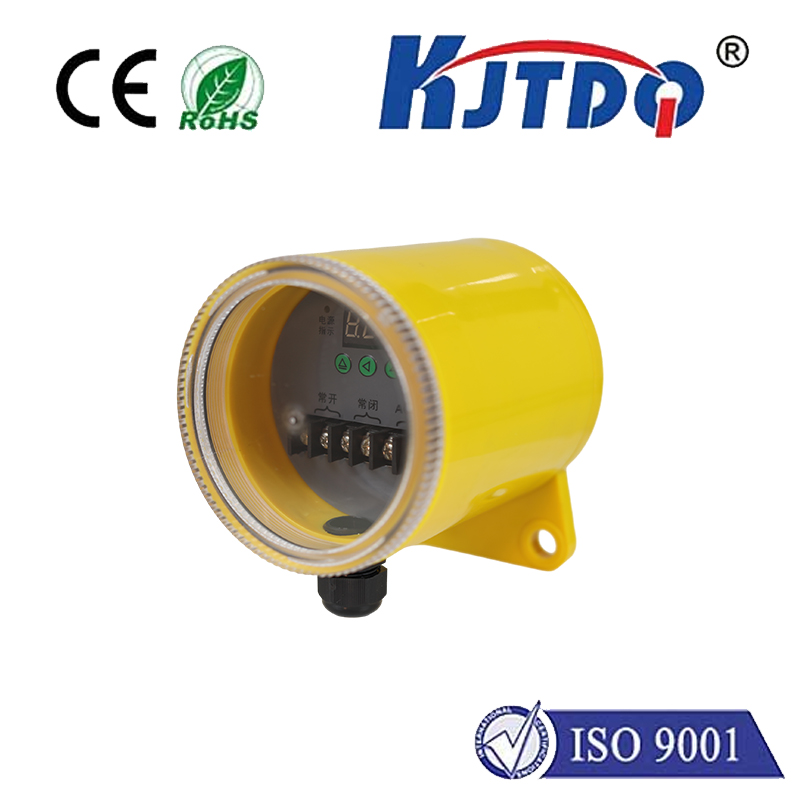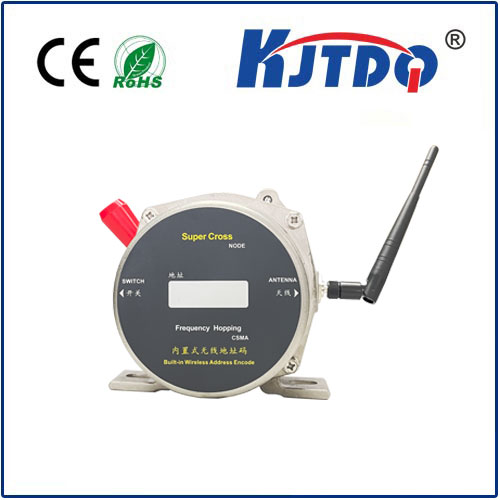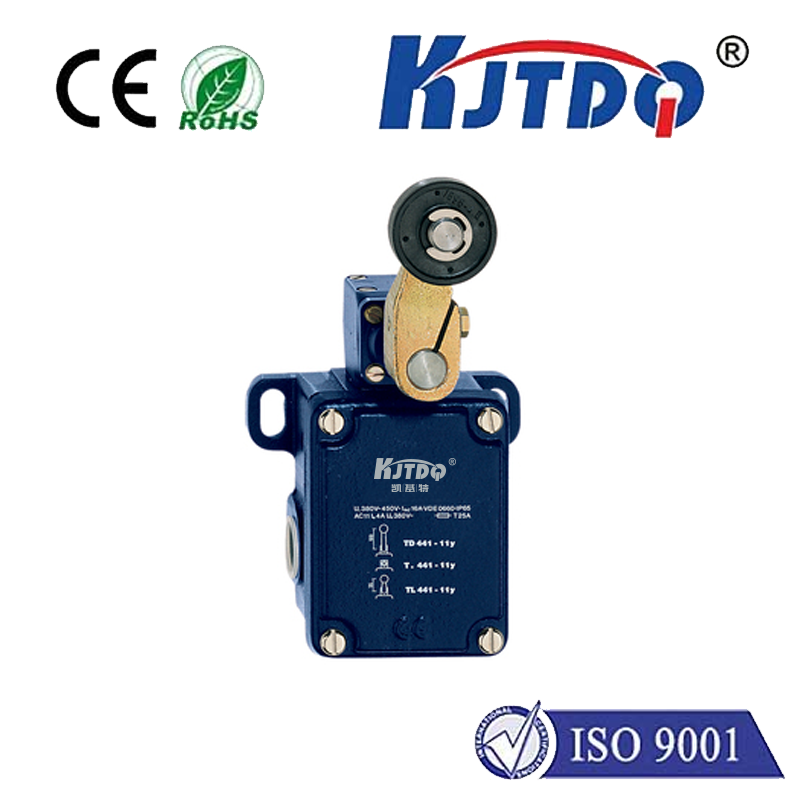

check

check

check

check

check

check

check

check

check

check
Title: The Phenomenon of Laser Point Detectors: Unraveling the Mysteries of the Quantum World
In the realm of quantum physics, the discovery of laser point detectors has opened a new chapter in our understanding of the subatomic world. This revolutionary technology allows scientists to accurately detect and measure the position and momentum of particles with unparalleled precision, paving the way for groundbreaking research in fields such as quantum cryptography, quantum computing, and quantum entanglement.

At its core, a laser point detector relies on the principles of laser spectroscopy, a technique that involves illuminating a sample with a laser beam and analyzing the spectrum of light emitted by the particles in the sample. By detecting the precise timing and frequency of the laser beam's interaction with the particles, scientists can determine their atomic structure, spin, and other properties.
The development of laser point detectors has been marked by several key milestones, each building upon the previous one to create increasingly sophisticated tools for studying the quantum world. One of the first significant breakthroughs occurred in the 1960s, when British physicist Sir Robert Watson and his team used laser spectroscopy to demonstrate the famous "double-slit experiment," which demonstrated the wave-particle duality of matter.
Over the years, researchers have continued to refine and improve laser point detectors, developing new techniques for measuring particle properties and unlocking the secrets of quantum mechanics. Today, these devices are being employed by scientists around the world to study everything from atoms and molecules to entire systems of particles, such as those found in stars and galaxies.
Despite their many achievements, laser point detectors continue to face challenges in terms of precision and stability. As scientists work to develop even more advanced technologies, they must grapple with issues such as interference from external sources, noise in the laser system, and limitations in the accuracy of measurement equipment. However, with each new breakthrough, we move ever closer to unlocking the full potential of quantum physics and advancing our understanding of the universe itself.
In conclusion, laser point detectors represent a significant milestone in our quest to unravel the mysteries of the quantum world. With their ability to accurately measure and manipulate particles at the atomic level, these devices offer unprecedented opportunities for exploring fundamental aspects of nature and pushing the boundaries of scientific knowledge. As we continue to refine and improve these technologies, we can look forward to exciting new discoveries and innovations that will shape the future of science and technology for generations to come.









